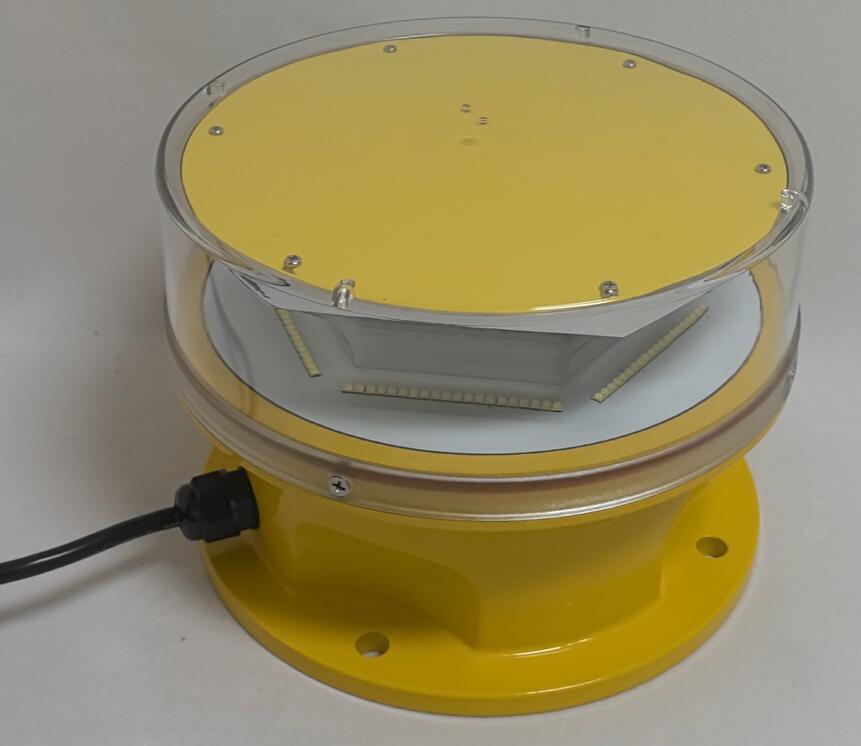The Critical Role of Obstruction Lighting Systems in Modern Aviation Safety
In an era of increasing urbanization and infrastructure development, obstruction lighting systems have become indispensable for aviation safety. These specialized lighting solutions mark tall structures—such as skyscrapers, wind turbines, and telecommunication towers—to prevent collisions with aircraft. This article examines the importance, types, and technological advancements in obstruction lighting systems, along with their regulatory framework and future trends.
Why Obstruction Lighting Systems Are Essential
As air traffic grows and man-made structures reach unprecedented heights, the risk of mid-air and ground collisions increases. Obstruction lighting systems serve as visual warnings, ensuring that pilots can identify potential hazards from a distance, particularly during nighttime or adverse weather conditions.
Key functions include:
Enhancing visibility for pilots during low-light or poor weather.

Preventing accidents near airports, wind farms, and urban high-rises.
Complying with aviation safety regulations to avoid legal penalties.
| obstruction lighting system |
Types of Obstruction Lighting Systems
Different structures require varying lighting solutions based on height and location. The primary classifications include:
1. Low-Intensity Obstruction Lights
Used for structures under 150 meters.
Typically steady-burning red lights.
| obstruction lighting systems |
Common on small buildings, cranes, and construction sites.
2. Medium-Intensity Obstruction Lights
Required for structures between 150–300 meters.
Can be flashing or steady red/white lights.
Often installed on telecom towers and mid-rise buildings.
3. High-Intensity Obstruction Lights
Mandatory for structures exceeding 300 meters.
Bright white strobe lights for maximum visibility.
Found on skyscrapers, tall chimneys, and large wind turbines.
Regulatory Standards for Obstruction Lighting Systems
To ensure uniformity and effectiveness, aviation authorities enforce strict lighting standards, including:
ICAO (International Civil Aviation Organization) – Provides global guidelines for obstruction lighting.
FAA (Federal Aviation Administration) – Regulates lighting intensity and placement in the U.S.
CASA (Civil Aviation Safety Authority) – Oversees compliance in Australia.
EASA (European Union Aviation Safety Agency) – Sets standards for European airspace.
Non-compliance can lead to fines, operational restrictions, or increased accident risks.
Technological Advancements in Obstruction Lighting
Modern systems incorporate cutting-edge innovations to improve efficiency and reliability:
1. LED Technology
Longer lifespan and lower energy consumption than traditional incandescent bulbs.
Higher brightness with minimal maintenance.
2. Solar-Powered Solutions
Ideal for remote locations without grid access.
Environmentally sustainable with reduced operational costs.
3. Smart Monitoring & Automation
Remote diagnostics for real-time fault detection.
Adaptive lighting that adjusts based on visibility conditions.
4. Wireless Synchronization
Ensures simultaneous flashing across multiple lights for better recognition.
Reduces wiring complexity in large installations.
Future Trends in Obstruction Lighting Systems
The aviation and construction industries are driving innovations such as:
Integration with drone detection systems to enhance airspace safety.
AI-based predictive maintenance to prevent failures before they occur.
Enhanced durability for extreme weather resistance.
Obstruction lighting systems are a fundamental component of aviation safety, protecting both aircraft and infrastructure. With advancements in LED, solar power, and smart monitoring, these systems are becoming more efficient and sustainable. As urban development and air traffic continue to rise, the evolution of obstruction lighting will remain crucial in preventing accidents and ensuring compliance with global aviation standards.
By adopting the latest technologies and adhering to regulatory requirements, industries can contribute to safer skies and more secure infrastructure worldwide.
